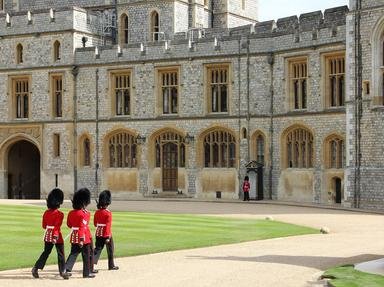
One, Two, Three, Your Majesty Trivia Quiz
British Kings and Queens
With the accession of King Charles III, the royal.uk website lists six monarchs who have had III as a regnal number, and four who have had unique names. Can you put these ten kings and queens in order from the earliest to the most recent?
An ordering quiz
by Lottie1001.
Estimated time: 3 mins.